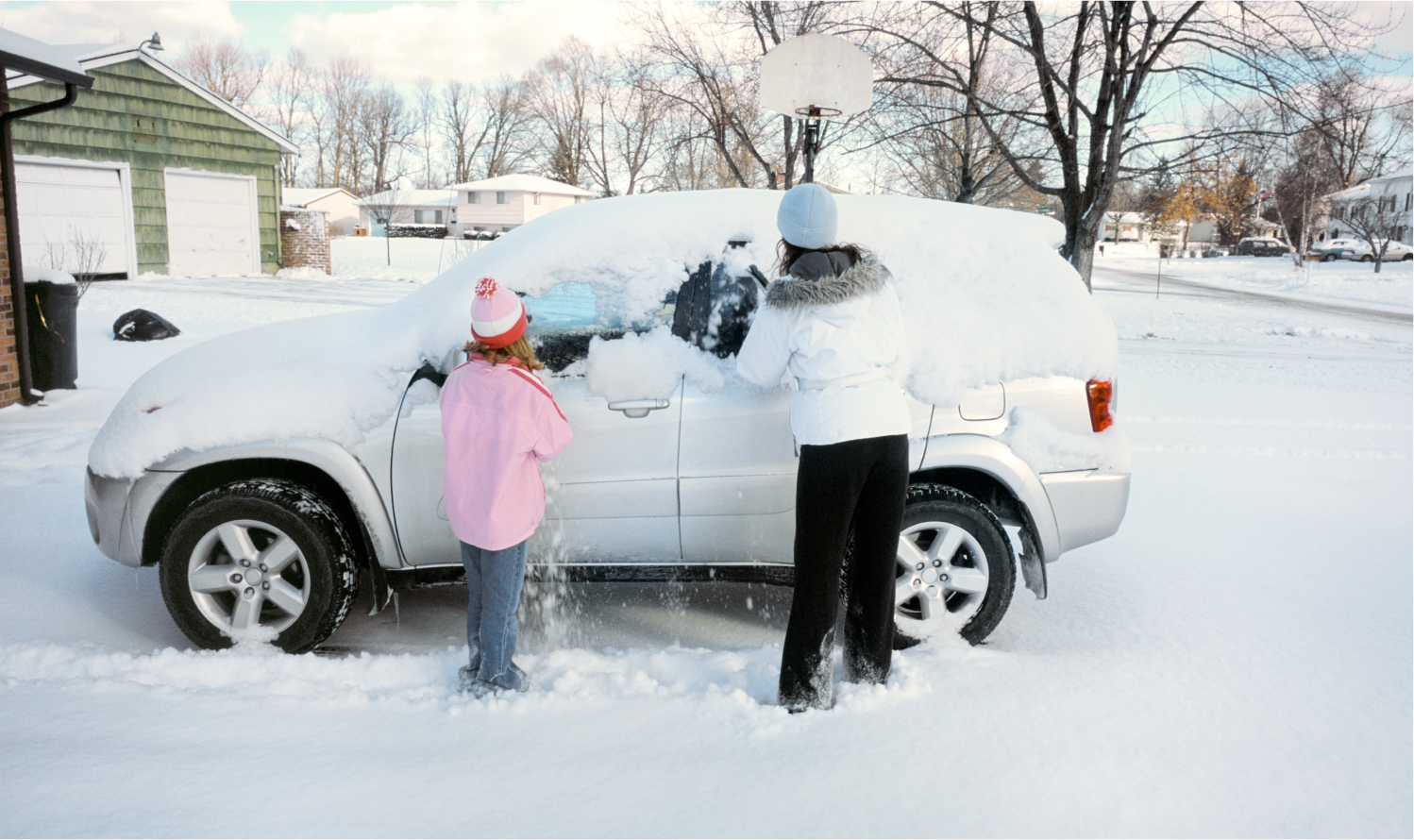Explore what types of coverage may be included in full coverage car insurance, the benefits of having it, and how much it may cost.
What Is A Full Coverage Car Insurance Policy?
With the increased costs associated with car repairs, medical bills, and other expenses associated with car accidents, it’s important to make sure you have the right type of car insurance coverage in place. “Full coverage car insurance” is a term that might be heard when discussing car insurance options and refers to a combination of different types of car insurance coverages that provide more comprehensive protection than just liability insurance alone.
While there is no single policy that’s called a “full coverage car insurance policy,” it often refers to a customized combination of coverages, such as liability, collision, and comprehensive insurance (most standard car insurance policies include some combination of the three types of coverage mentioned). By having all three types of coverage, a policyholder may be better protected in the event of an accident or event. Depending on the policy type and the amount of coverage selected, medical bills, car repair costs, and expenses arising from third party liability may be covered.
Common Misconceptions: A frequent misconception about full coverage is that it includes every possible scenario, such as personal belongings inside the car or every type of natural disaster. In reality, even full coverage has its limitations and exclusions. It's essential to understand what specific policies are included under the umbrella of full coverage.
Coverage Types Which May Be Included in Full Coverage Car Insurance
As mentioned above, “full coverage” refers to combining different auto insurance policy coverages into a one comprehensive policy. There are three types of coverages which are generally included:
Liability coverage typically covers the insured’s liability arising from third party property damage or third party bodily injury claims and is usually required by law.
Collision coverage typically covers damages to the insured person’s car in the event of an accident.
Comprehensive coverage typically covers damages to the insured’s car from non-accident-related events, such as theft, vandalism, or natural disasters.
In addition to the three types of coverage mentioned above, some full coverage policies may also offer additional coverages, such as:
Uninsured/underinsured motorist coverage
This type of insurance provides coverage for expenses resulting from an accident with an uninsured or underinsured driver (or a hit and run). When an uninsured or underinsured individual is responsible for an accident, but does not have the financial ability to pay compensation, UM/UIM coverage can help cover the resulting costs.
Personal injury protection (PIP)
Sometimes referred to as “no-fault insurance,” personal injury protection insurance helps cover medical expenses incurred by the policyholder and passengers resulting from a covered accident, regardless of fault. PIP insurance can also help cover additional expenses such as childcare expenses, or lost earnings and wages, resulting from the auto accident. This type of insurance is not available in every state, so it's important to fully understand your policy and examine what is available where you live.
Medical payments coverage
Medical payments insurance helps cover medical expenses due to injuries suffered by the policyholder, and any passenger in the vehicle, resulting from a covered auto accident, regardless of fault. However, unlike PIP insurance, Medical Payments insurance does not cover expenses such as lost wages and childcare. This type of coverage is required in some states and optional in others, so it is important to carefully review what is available/required where you live.
Gap insurance
This type of insurance can help cover the difference between a car’s actual value and what may still be owed on the auto loan. It may be useful in scenarios where the loan amount is more than the car’s worth.
Full coverage car insurance provides more comprehensive coverage than liability coverage alone.
Benefits of Full Coverage Car Insurance
Full coverage car insurance offers coverage for liability arising from first and third-party bodily injuries and property damages; therefore, it provides more comprehensive coverage than just liability coverage alone. It also helps provide peace of mind in the event of a covered accident or event. By having comprehensive coverage, the insured person can be reimbursed for costs associated with covered non-accident-related events, such as theft or vandalism. And by having collision coverage, an insured person can be reimbursed for any damage to their car in the event of a covered accident, which can help avoid costly out-of-pocket expenses.
Who Should Consider a Full Coverage Car Insurance Policy?
The consideration of obtaining a full coverage car insurance policy takes into account many factors such as: the age and value of the car; whether the car is owned or leased; if leased, any contractual requirements to obtain full auto insurance on the vehicle; and, an individual’s financial situation.
How Much Does Full Coverage Car Insurance Cost?
One of the most pressing questions for drivers considering full coverage car insurance is its cost. The price of full coverage can vary significantly based on several factors, making it important for consumers to understand what may influence their car insurance premiums. Generally, full coverage car insurance policies tend to cost more than liability-only policies. The best way to find out how much a full coverage car insurance policy will cost is to request a quote but here are some common factors that can affect the cost of full coverage car insurance.
Factors Affecting Cost
Several factors play a role in determining the cost of full coverage car insurance:
Driver’s Age: Younger drivers, typically under the age of 25, often face higher premiums due to their perceived lack of driving experience and higher risk of accidents.
Vehicle Type: The make, model, and age of a vehicle can significantly impact insurance costs. High-performance vehicles, luxury cars, and models with a higher likelihood of theft generally come with higher insurance premiums.
Driving Record: A clean driving record with no accidents or traffic violations can potentially lead to lower insurance rates. Conversely, a history of accidents or violations can increase premiums.
Geographic Location: The cost of full coverage can vary depending on the region. Urban areas with higher traffic density and risk of theft or accidents typically have higher rates compared to rural areas.
Coverage and Deductible: The limits on the coverage provided as well as deductible amount both factor into the premium cost.
While it's challenging to provide a one-size-fits-all figure, average costs for full coverage car insurance can range widely. For instance, a middle-aged driver with a clean record in a rural area might pay significantly less than a young driver in an urban setting. It's advisable to research average costs in your specific demographic and region for a more accurate estimate.
A Few Tips for Getting the Best Rates
Shop Around: Compare quotes from multiple insurance companies to find the best rate, or work with an insurance broker.
Bundle Policies: Consider bundling your car insurance with other policies, such as homeowner's insurance, for potential discounts.
Increase Your Deductible: Opting for a higher deductible can lower your monthly premium, but take care to ensure it's an amount you can afford in case of a claim.
Maintain a Clean Driving Record: Safe driving over time can reduce your insurance costs.
The Bottom Line
Full coverage car insurance is a combination of different types of auto insurance coverages, such as liability, collision, and comprehensive, providing broader insurance coverage than just liability alone.
If you have questions about full coverage car insurance, contact Acrisure today or request a car insurance quote online now! Having the right coverage can help provide you with peace of mind, and we are here to help you find the coverage that fits your needs.







